
Cellular Jail
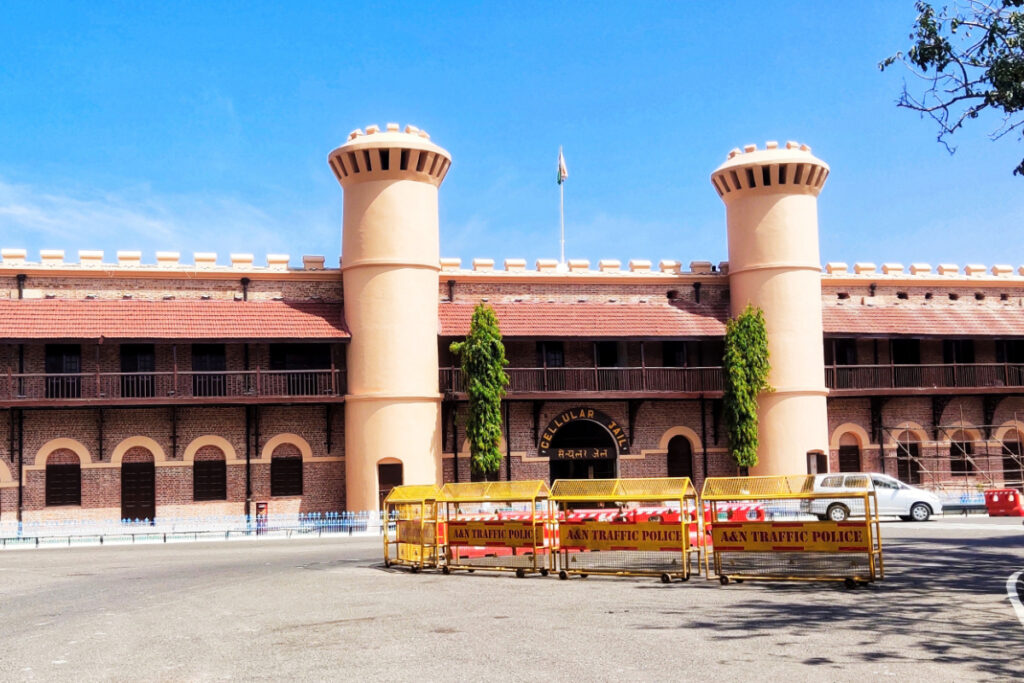
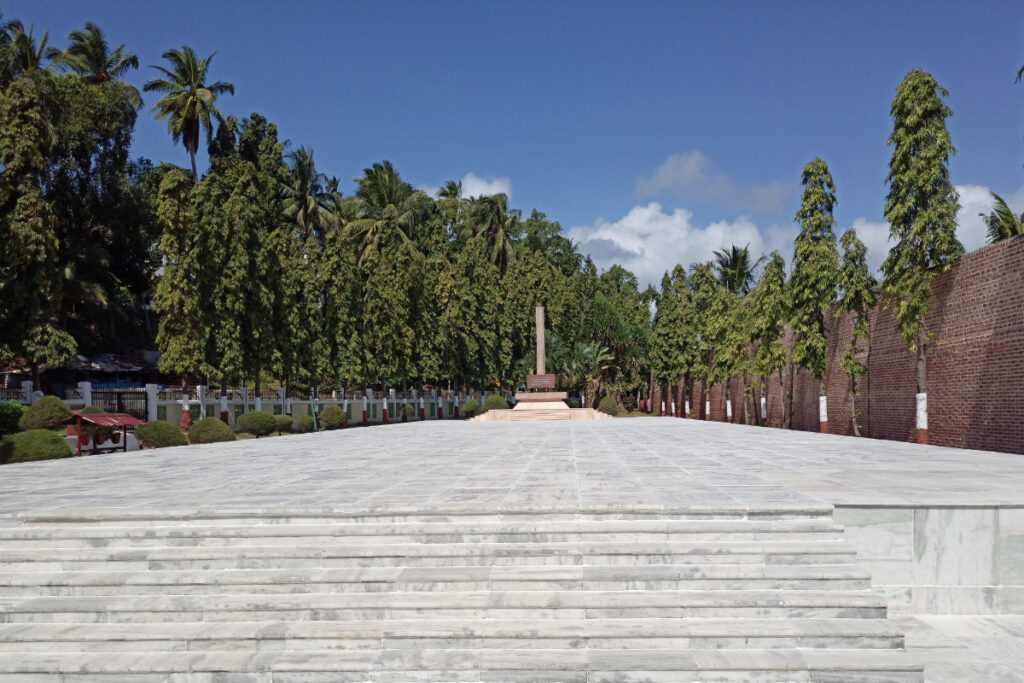
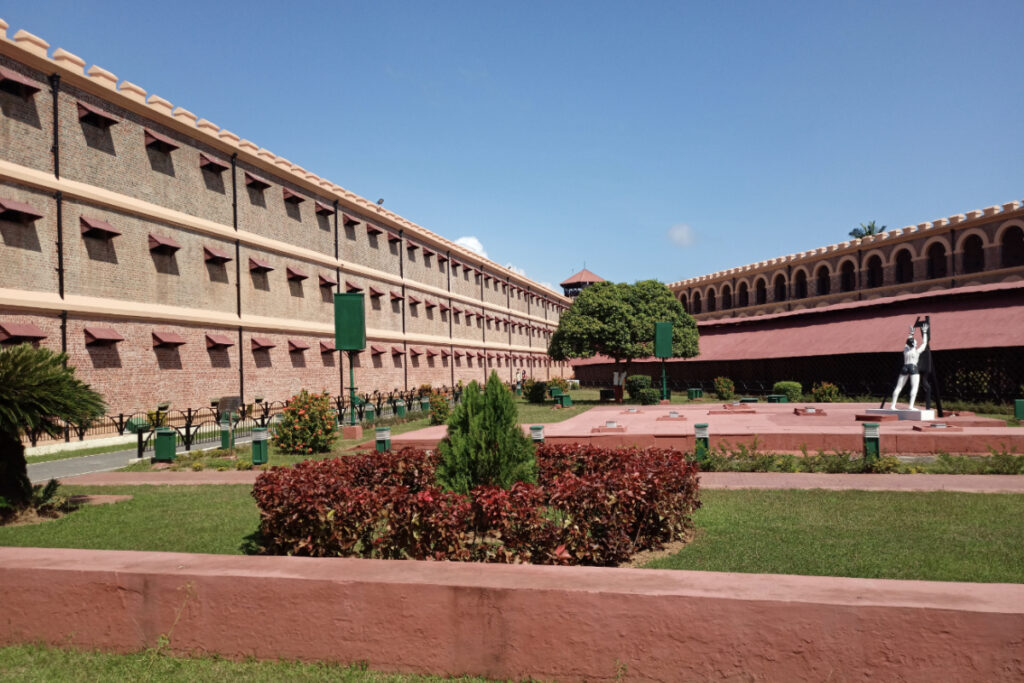
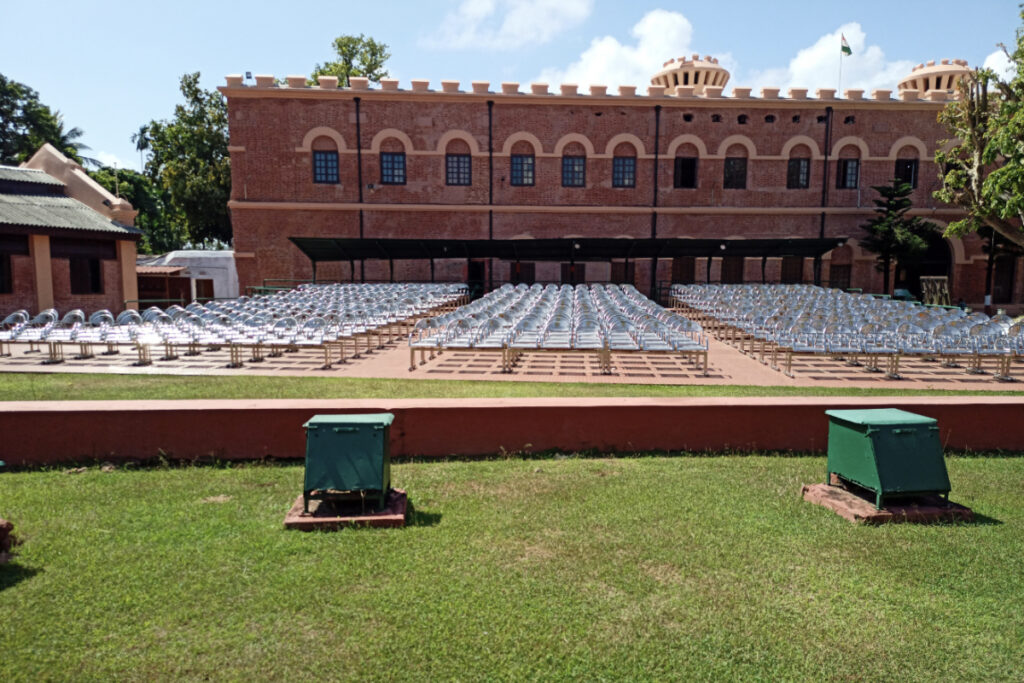
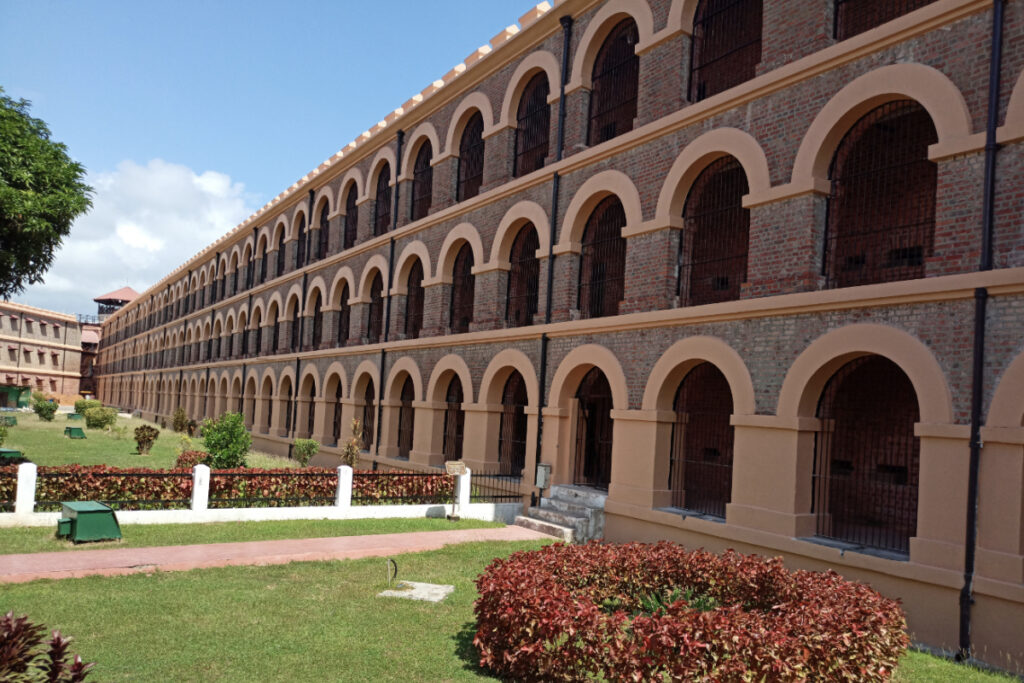
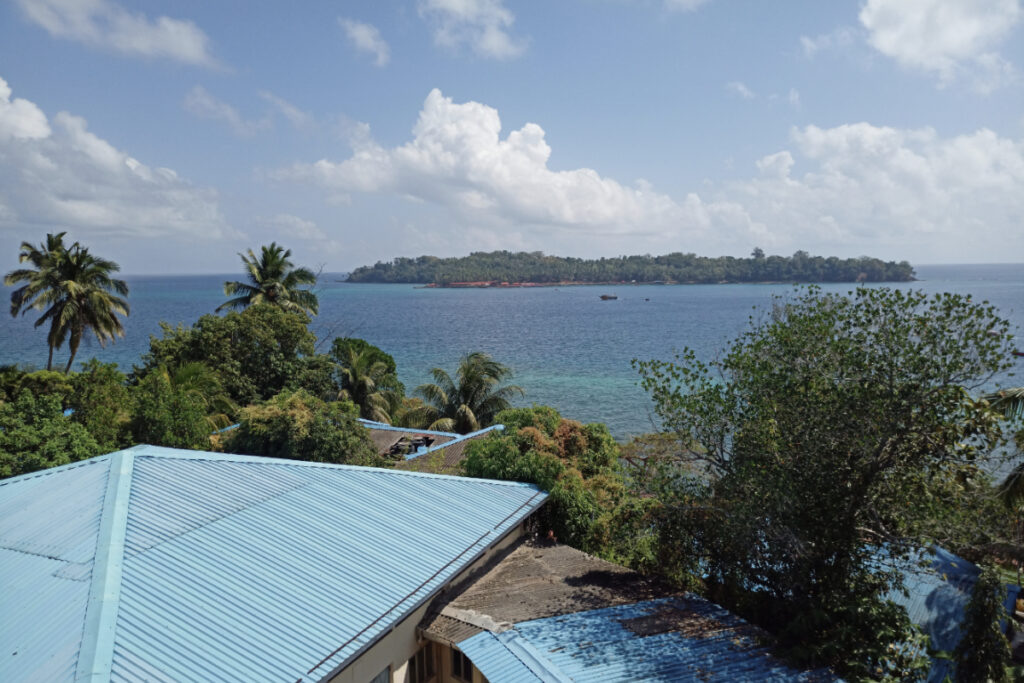
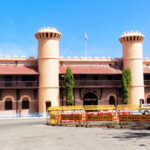
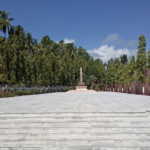
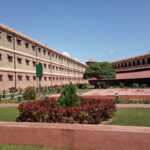
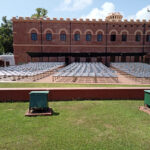
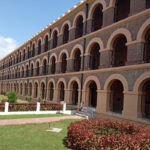

Cellular Jail
Highlights
Distance from Airport: Approximated – 03 KM.
Jail Visiting Time: 0900 – 1645 Hrs (Lunch Break – 1200 to 1330 hrs)
Closed on: Mondays and Government holidays
Jail Entry Ticket: 30/-pp
Light and sound show Time: Stars at 1800 – 1845 Hrs.
Light and sound show operates: Every Day 02 show
Light & Show Language: Hindi & English
Light and sound show Ticket Cost: 300/-pp
Show Duration: 45 Minutes
Guide: Available
Major Attraction: Jail Sightseeing / Light and Show / Museum
DESCRIPTION
Welcome to the CELLULAR Jail, a National Memorial located in Port Blair, which served as a mute witness to the brutal atrocities inflicted upon national freedom fighters who were incarcerated in this jail. Completed in 1906, the jail was named ‘Cellular’ as it was entirely made up of individual cells for solitary confinement. With seven blocks spread across three stories, the jail had a central tower acting as its fulcrum comprising of honeycomb-like corridors. Today, the Cellular Jail is a place of pilgrimage for all freedom-loving people, reminding them of the years of freedom struggle. The Jail Museum is open every day except National holidays, from 9:00 am to 12:00 noon and from 1:30 pm to 4:45 pm. Visit the Cellular Jail to pay your respects to the valiant freedom fighters who sacrificed their lives for India’s freedom struggle and relive the story of India’s fight for freedom.
SON-ET-LUMIERE (SOUND AND LIGHT SHOW)
The Sound and Light show at the Cellular Jail is a captivating attraction that narrates the tale of India’s freedom struggle through sound and light effects. This show brings to life the brutal atrocities that were inflicted on the freedom fighters who were imprisoned in the small cells of the jail. Two Hindi shows are held daily at 6:00 pm and 7:45 pm, except on Monday, Wednesday, and Friday when the second show is conducted in English at 7:15 pm. Don’t miss the chance to witness this popular show and experience the rich history and culture of India at the Cellular Jail.
HISTORY OF CELLULAR JAIL
PENAL SETTLEMENT
The concept of establishing a Penal Settlement in the Andaman Islands was conceived by the British rulers in 1857, following the Indian Rebellion of 1857. The purpose was to effectively deal with those who revolted against British rule during India’s First War of Independence. A committee of experts, including Dr. F. J. Mouat, Dr. G. R. Playfair, and Lt. J. S. Heatcote, was commissioned to survey the islands on 8th December 1857. They submitted their report to the Government of India on 15th January 1858. The Union Jack was raised on 22nd January 1858 by Capt. H. Man, the Executive Engineer who was sent to take formal possession of the islands. This marked the beginning of the establishment of the notorious Cellular Jail and the penal settlement system in the Andaman Islands.
FIRST BATCH
In 1857, the British rulers conceived the idea of establishing a Penal Settlement in the Andaman Islands to deal with those who revolted against their paramount power during India’s First War of Independence. The first batch of 200 freedom fighters arrived on Ross Island on 10th March 1858, under the overall charge of Dr. J.P. Walker. The prisoners, mainly belonging to wealthy and professional families, were put to severe hardships and toil while cutting and clearing the jungle. They were initially kept in open enclosures and paid a subsistence allowance of one anna and nine pies per day. Viper Island was selected as the place for the hardest labour, and a jail and gallows were constructed there. The settlement grew in size, and it became difficult for the authorities to enforce strict discipline. To address this, it was decided to construct a jail, which later became the infamous Cellular Jail. The jail stood as a mute witness to the most brutal and barbaric atrocities meted out to national freedom fighters, who were incarcerated in this jail.
CONSTRUCTION OF THE CELLULAR JAIL
The Cellular Jail in Port Blair, India, was constructed between 1896 and 1906. The unique three-storied structure, spread out like the spokes of a bicycle wheel, contained 663 cells specially designed for solitary confinement of the prisoners. Each cell had a size of 13.5 ft. by 7 ft. and had an iron grill door. A 3 ft. by 1 ft. ventilator, 9 ft. from the floor, provided some light and air. The jail had a total of 30 additional cells later.
The Central Tower was built in the center of the seven wings of the Cellular Jail, and each cell of the Wing was sealed off by an iron grill door. Each of the three storeys of the seven wings had wardens for night watch. The unique feature of the jail was the absence of communication between prisoners in different wings since the front of one row of cells faced the back of the wings in front.
The jail was built using about 20,000 cubic feet of local broken stone and 30,00,000 bricks made in Dundas Point and Navy Bay Brick kilns. About 600 convicts were engaged to accelerate the construction work. The jail was manned by the Jailor and Deputy Jailor, assisted by petty officials called Tendals, Jamadar, Warder, and Petty Officers who were in charge of the convicts.
The jail housed many charismatic personalities, including Savarkar brothers, Motilal Verma, Babu Ram Hari, Pandit Permanand, Ladha Ram, Ullaskar Dutt, Barin Kumar Ghosh, Bhai Parmanand, Indu Bhushan Roy, Prithvi Singh Azad, Pulin Das, Trailokyanath Chakravarthy, Gurumukh Singh, and others. These men and women were imprisoned for their involvement in various revolutionary activities, such as Alipore Bomb case, Nasik Conspiracy Case, Lahore Conspiracy Case, Chittagong Armoury Raid case, Inter-Provincial Conspiracy Case, Gaya Conspiracy Case, among others. They were confronted with a cruel jailor, David Barrie, an Irishman who believed that it was his God-given destiny to scourge these enemies of Her Majesty- the Queen with violence and vile abuse.
The Cellular Jail is now a national monument and serves as a museum, reminding people of the sacrifice of those who fought for the freedom of their country.
HORRORS OF PRISON
The punishment in Cellular Jail was brutal and barbaric. Political prisoners who failed to complete their work quotas were subjected to torture, flogging, iron triangular frame, gunny bag uniforms, unhygienic diet, bar fetters, crossbar fetters, neck ring shackles, leg iron, and chains. The punishment could range from handcuffs for a week to solitary confinement, and some prisoners died due to the harsh treatment. The freedom fighters brought to the jail rebelled against the tyranny of the jail’s warden, David Barrie. Mass hunger strikes were launched, and the last strike continued for 45 days in 1937-38. The strike was terminated on the intervention of Mahatma Gandhi and Rabindra Nath Tagore. The Government decided to close down the Penal Settlement, and by January 1938, all the political prisoners of Cellular Jail were repatriated to jails in their respective states on mainland India.
JAPANESE OCCUPATION OF THE ISLANDS (1942-45)
During the Japanese occupation of the Andaman and Nicobar Islands, from 1942 to 1945, many people suspected of sympathizing with the British were put to death in a barbaric way. Many educated persons were rounded up as suspected spies and kept in the Cellular Jail, where they were later shot dead and buried in a common grave. The Humfraygunj Martyrs Memorial stands today as a witness to the inhuman treatment meted out to the citizens of Andamans. Netaji Subhash Chandra Bose, as the Head of the Provisional Government of India, visited the islands in December 1943 and stopped the punishment of prisoners without proper trial. He hoisted the tricolour flag of India at Andaman for the first time and renamed the Andaman and Nicobar Islands as “Swaraj” and “Shaheed” Dweep respectively.
HOW TO REACH CELLULAR JAIL FROM YOUR HOTEL
The Cellular Jail is located in the city center of Port Blair, which is the capital of the Andaman and Nicobar Islands. It is easily accessible by various modes of transportation such as buses, taxis, and auto-rickshaws.
If you’re staying in a hotel in Port Blair, you can hire a taxi or an auto-rickshaw from your hotel to reach the Cellular Jail.
The Cellular Jail is located around 3 km from the airport and around 6 km from the harbor in Port Blair. If you’re arriving in Port Blair by air or sea, you can take a taxi or an auto-rickshaw from the airport or the harbor to reach the Cellular Jail.
I recommend checking with your hotel’s concierge or reception desk for more specific directions based on your location.
Frequently
Asked Questions
The Cellular Jail is also called Kalapani Jail because the term ‘Kalapani’ literally means ‘black waters’ in Hindi, referring to the dark waters that surrounded the Andaman Islands where the jail is located. The jail earned this nickname because prisoners were sent there as part of their punishment and were cut off from their families and the mainland, making it nearly impossible for them to return. Additionally, the brutal conditions and treatment inside the jail were so severe that many prisoners died there, and it became known as a place of no return or a place where people went to die.
The best time to visit Cellular Jail is between October and April when the weather is pleasant and dry, and the sea is calm, making it easier to take a ferry to the islands. The jail is open from 9 am to 4:45 pm, and it usually takes 1-2 hours to explore the premises.
The light and sound shows duration is 45 minutes.
Tickets of light and sound show cost Rs 300/- for adults and Rs 150/- for children.
Yes,light and sound show is available in English and Hindi.
The light and sound show starts in the evening every day.
Sadly no, cellular jail remains closed on public holidays.
Personal photography and videography are permitted inside the Cellular Jail. However, if you wish to conduct a professional photo shoot or commercial videography, prior permission must be obtained from the authorities.
The time required to visit the Cellular Jail can vary depending on the individual’s pace and interest. However, on average, it takes about 1.5 to 2 hours to explore the jail and its exhibits thoroughly. It is recommended to allocate at least half a day to explore the entire complex, including the sound and light show that takes place in the evening. The sound and light show is an hour-long show that depicts the history of the jail and is a must-see for visitors.
The best way to see Cellular Jail is by taking a guided tour. Visitors can join a group tour or hire a personal guide who can provide detailed information about the history of the jail and its significance in India’s struggle for independence. Additionally, visitors can also explore the jail on their own by reading the information boards placed at various points inside the jail. It is recommended to spend at least a couple of hours at the jail to fully absorb the history and significance of the site.
Yes, children are charged half the price of the ticket
It is recommended to book tickets for the Cellular Jail in advance, especially during peak tourist season. This can be done either online or by visiting the ticket counter at the jail. It is advisable to check the availability of tickets and the visiting hours beforehand, to avoid any inconvenience.
Yes, it is possible to book Cellular Jail tickets online through the official website of the Andaman and Nicobar Tourism department. The website provides an online booking system for entry tickets to the Cellular Jail. Visitors can select their preferred date and time slot and book the tickets online. It is recommended to book the tickets in advance to avoid any last-minute rush or disappointment.



